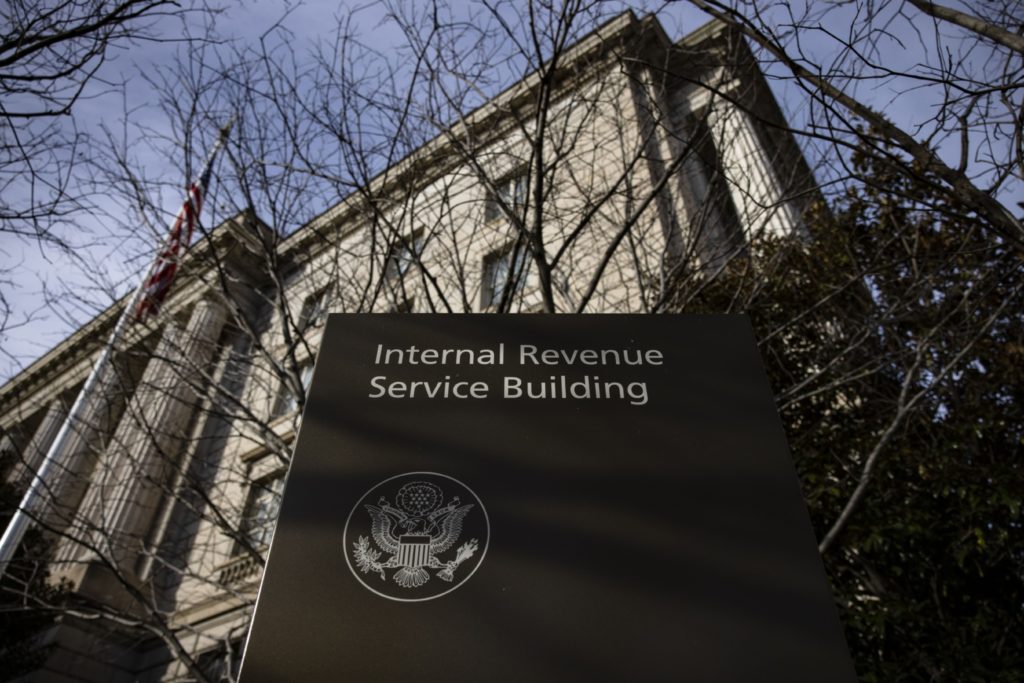IRS sets new requirements for R&D credit refund claims

The Internal Revenue Service’s Office of Chief Counsel is spelling out new requirements for information from companies submitting claims for research credit tax refunds to prove they’re valid.
In a recent Chief Counsel memorandum, the agency said it wants more detailed information about all the business components for which the research credit claims relate for that year, and for each business component, companies will need to identify all the research activities they’ve performed and name the individuals who performed each research activity, along with the information each individual sought to discover.. The claims will also need to detail the total qualified employee wage expenses, total qualified supply expenses, and total qualified contract research expenses for the claim year. That can be done using Form 6765, Credit for Increasing Research Activities.
The Chief Counsel memorandum came in response to questions from IRS officials in the Large Business & International division and the Small Business/Self-Employed division about what information taxpayers should provide with their claims for refunds or tax credits, what format they should use, and how the statute of limitations applies. The research credit, also known as the research and experimentation (R&E), or research and development (R&D), tax credit has been used since 1981 by companies and is supposed to incentivize innovation by companies. However, the tax credit has also been exploited by taxpayers who have claimed the R&D credit for doing little in the way of innovation, and it often appears on the IRS’s annual list of the “Dirty Dozen” tax scams (see story).
“A taxpayer must provide a declaration signed under the penalties of perjury verifying that the facts provided are accurate,” said the IRS Chief Counsel. “In most cases, the signature on Forms 1040X or 1120X serves this function. Additionally, a taxpayer should provide the facts in a written statement rather than through the production of documents. However, if a taxpayer provides documents, including a credit study, the taxpayer must specify the exact page(s) that supports a specific fact. A mere volume of documents will not suffice to meet a taxpayer’s obligation.”

Samuel Corum/Bloomberg
The IRS said Friday it receives thousands of R&E claims for credits in the hundreds of millions of dollars from corporations, businesses, and individual taxpayers. Claims for the research credit under Section 41 of the Tax Code are examined in a “substantial number of cases,” the IRS noted, and take up significant time and resources for both the IRS and taxpayers.
The Chief Counsel legal advice released Friday is part of the IRS’s ongoing efforts to manage issues with the tax credit and IRS resources in the most efficient manner. “By requiring taxpayers to provide the information referenced below, the IRS will be better able to determine upfront if an R&E credit claim for refund should be paid immediately or whether further review is needed,” said the IRS.
In terms of the statute of limitations, the IRS Chief Counsel said there are no statutory provisions specific to research credit claims, but they should keep in mind a general rule about two- and three-year periods. “Generally, taxpayers may be entitled to a credit or refund only if they have filed a valid claim within three years of the date the Form 1040 or Form 1120 was filed or two years from the time the tax was paid, whichever period expires later,” said the document. “The amount of the credit or refund shall not exceed the portion of the tax paid within the period immediately preceding the filing of the claim equal to three years plus any extension of time for filing the return. If no claim was filed within such three-year period, the amount of the credit or refund shall not exceed the portion of tax paid during the two years immediately preceding the filing of the claim.”
The IRS said it would offer a grace period until Jan. 10, 2022, before requiring the inclusion of this information with Section 41 research credit claims for refund that have been filed on a timely basis. Once the grace period expires, there will be a one-year transition period during which taxpayers will have 30 days to “perfect” a research credit claim for refund before the IRS makes a final determination on the claim. Further details will be coming from the IRS, but taxpayers can immediately start providing this information.
The IRS intends to keep engaging with stakeholders about issues related to the research credit. Comments can be emailed to IRS.Feedback.RECredit.Claims@irs.gov.


